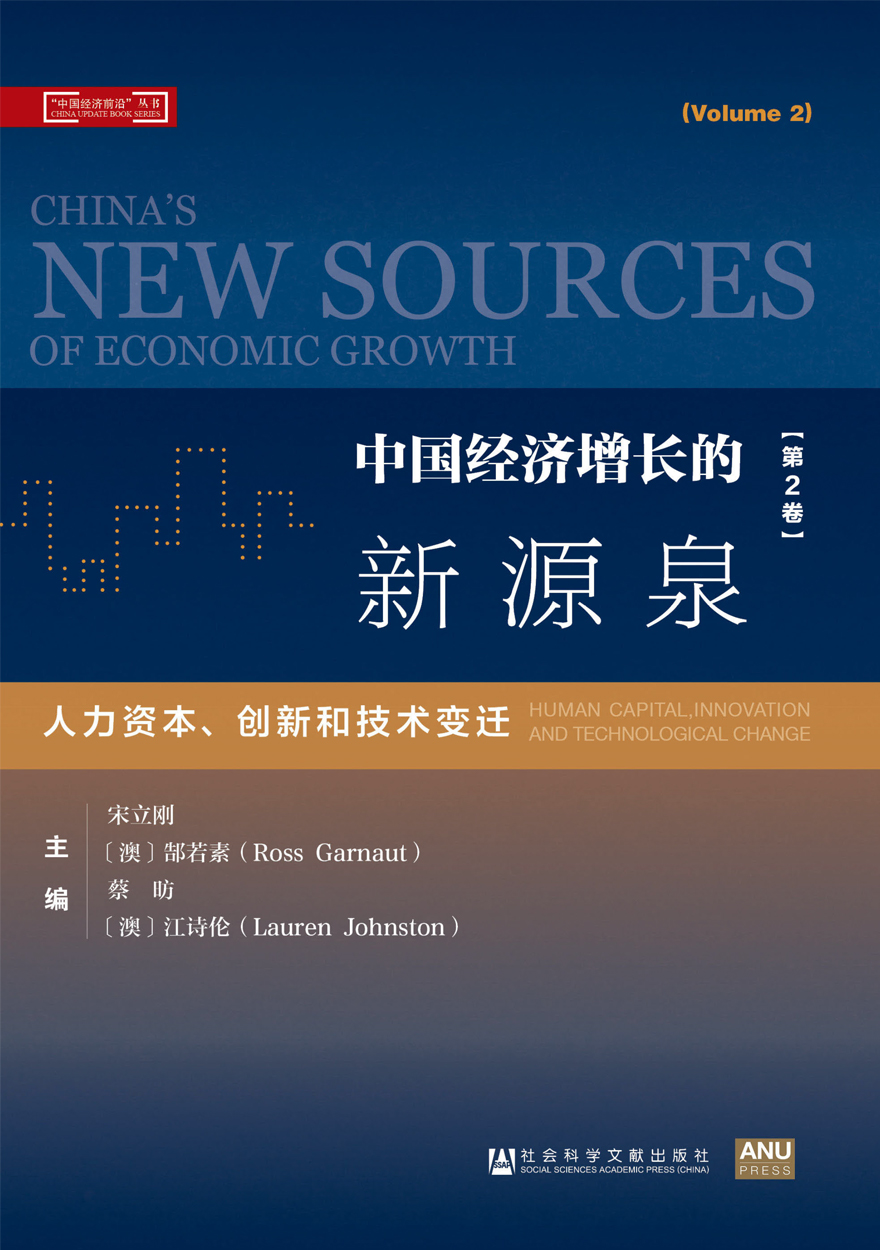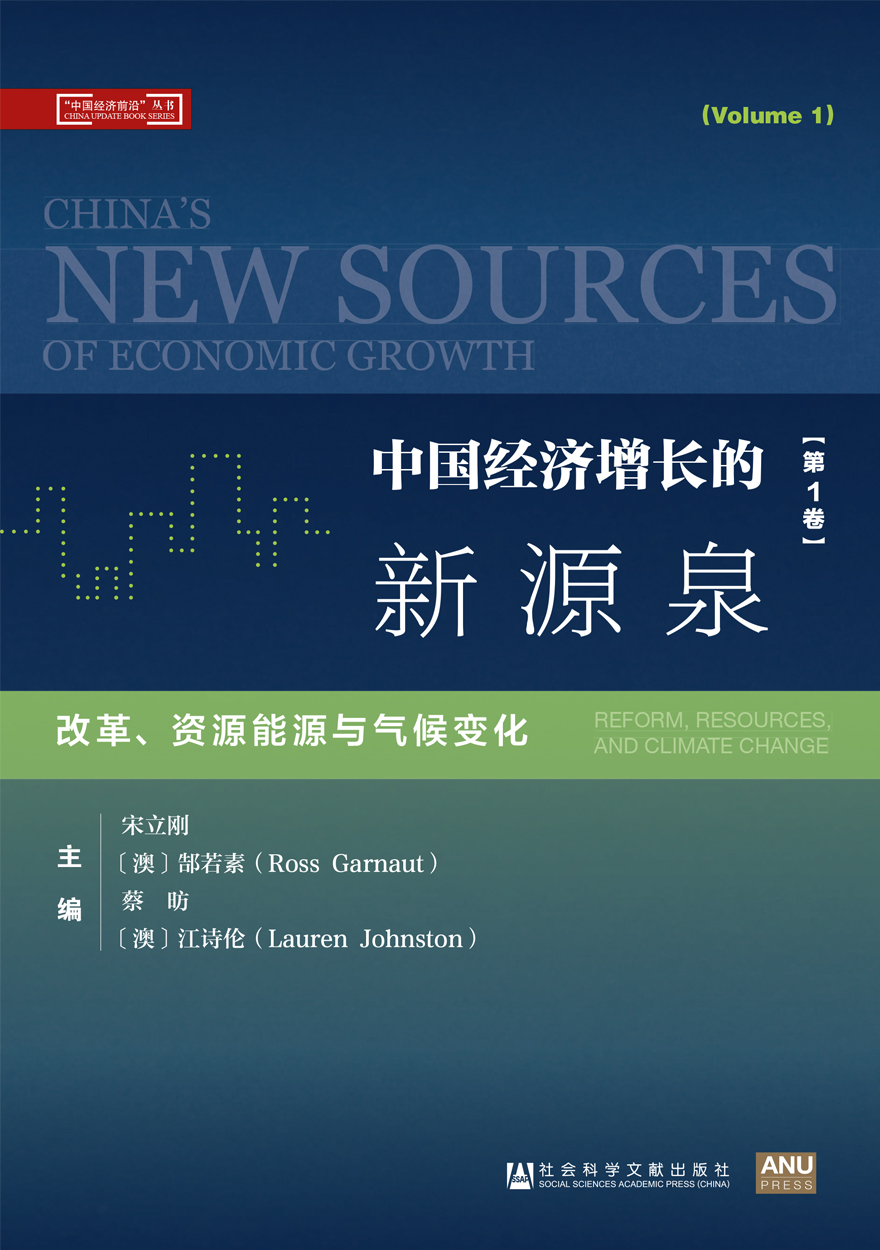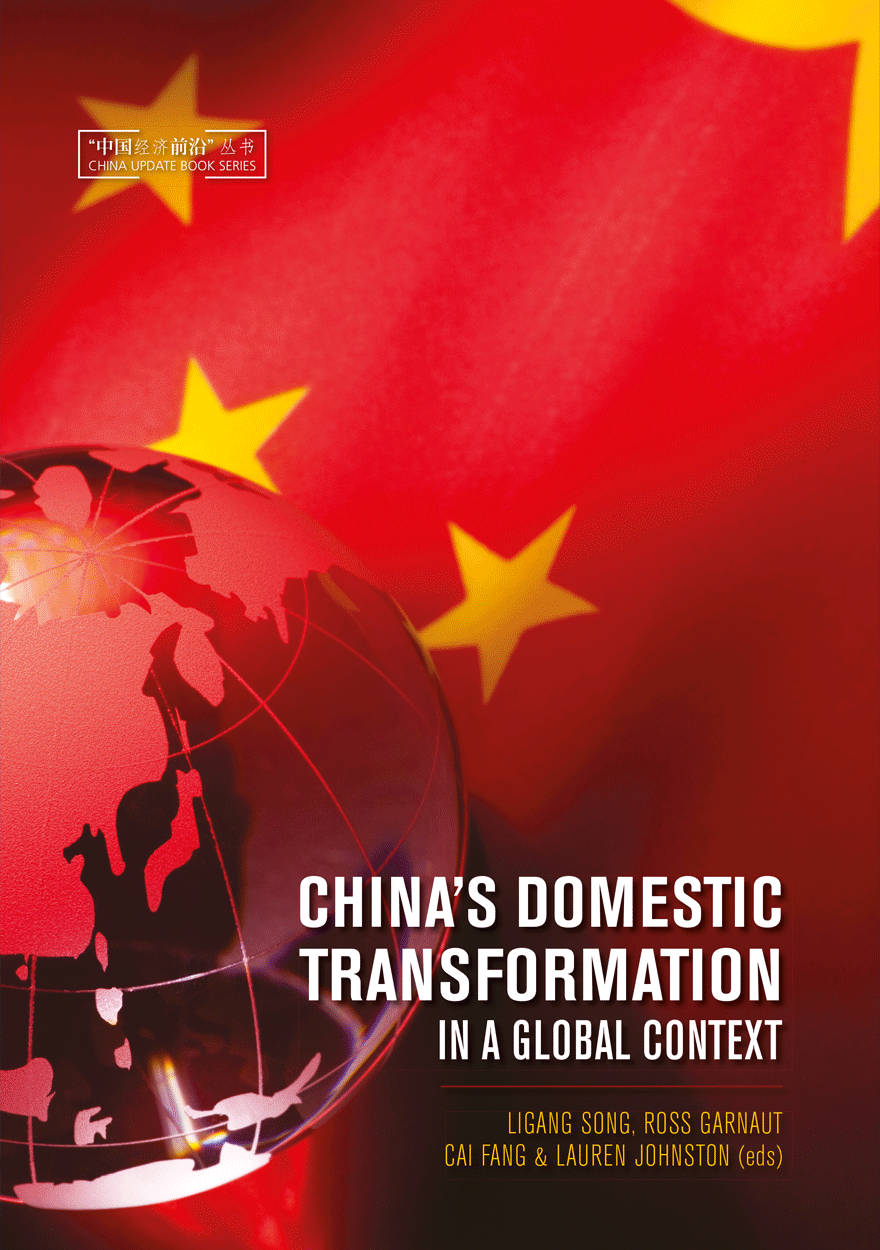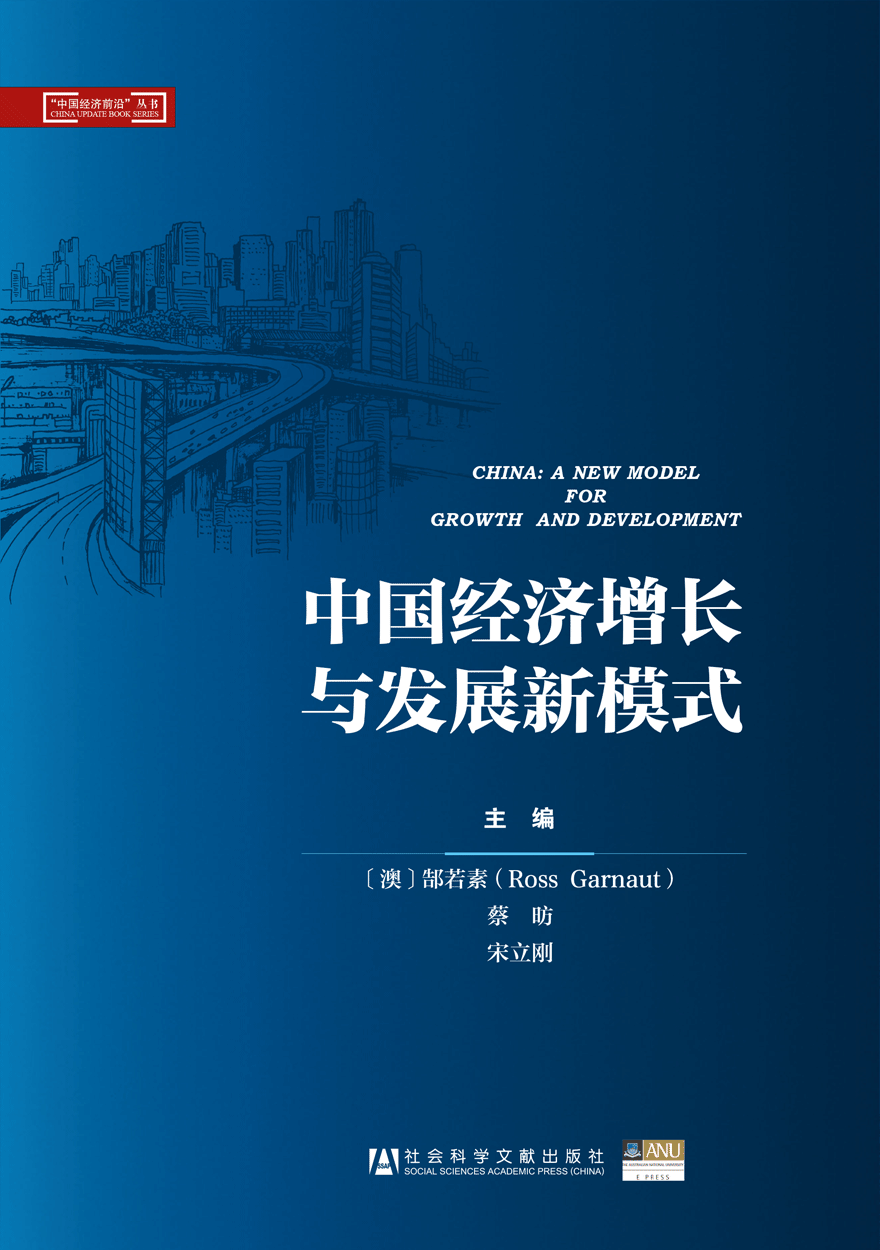Ross Garnaut
Ross Garnaut is a Distinguished Professor at the Crawford School of Economics & Government, Australian National University College of Asia & the Pacific. Ross Garnaut’s research interests include China’s economic reforms and internationalisation; Asia-Pacific economies’ development and international economic relations; Australia’s economic relations with the Asia-Pacific region; domestic economic adjustment to Asia-Pacific economic development.

China's New Sources of Economic Growth: Vol. 2 (Chinese version) »
人力资本、创新和技术变迁

China’s 40 Years of Reform and Development: 1978–2018 »

China's New Sources of Economic Growth: Vol. 1 (Chinese version) »
改革、资源能源与气候变化

China's New Sources of Economic Growth: Vol. 2 »
Human Capital, Innovation and Technological Change

China's Domestic Transformation in a Global Context (Chinese version) »
全球背景下的中国经济转型

China's New Sources of Economic Growth: Vol. 1 »
Reform, Resources and Climate Change

China's Domestic Transformation in a Global Context »

Deepening Reform for China's Long-term Growth and Development »

China: A New Model for Growth and Development »

China: A New Model for Growth and Development (Chinese version) »
中国长期增长与发展的新战略: 责任与启示

China 2002 »
WTO entry and world recession

China: New Engine of World Growth »

China: Twenty Years of Economic Reform »

Private Enterprise in China »

China: The Next Twenty Years of Reform and Development (Chinese version) »
中国:未来二十年的改革与发展

China: The Next Twenty Years of Reform and Development »

China's New Place in a World in Crisis (Chinese version) »
全球金融危机下的中国:经济、地缘政治和环境的视角

China's New Place in a World in Crisis »
Economic, Geopolitical and Environmental Dimensions

China: Linking Markets for Growth »

The Turning Point in China's Economic Development »




